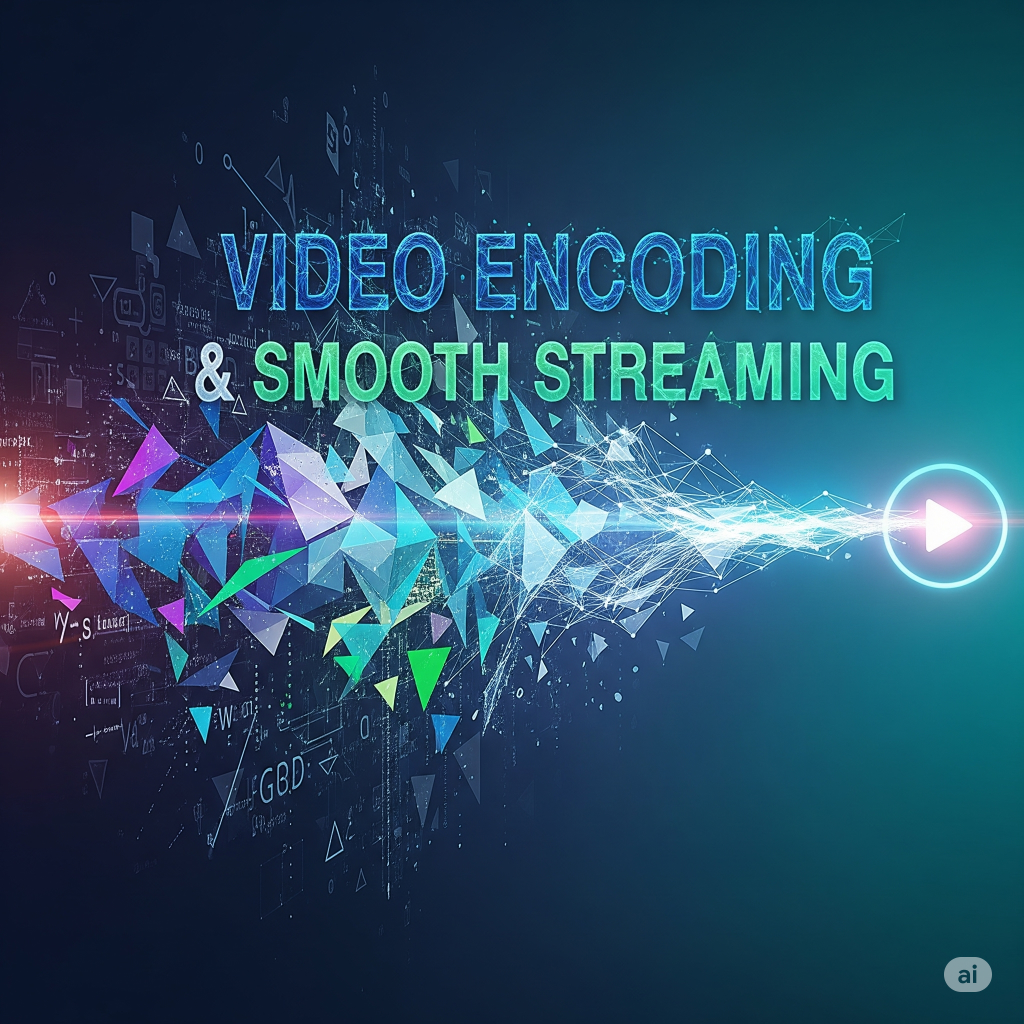
In our digital age, video has emerged as one of the most popular forms of content, whether it’s on entertainment platforms like Zyberflix (a Netflix clone) or in educational and corporate training settings. But what really makes those seamless streaming experiences possible? It all comes down to video encoding.
What is Video Encoding?
Video encoding is the process of transforming raw video files into a digital format that can be easily stored, transmitted, and streamed online. Raw video files tend to be massive and not practical for direct streaming, so encoding compresses them into more manageable sizes while still keeping quality intact.
How Encoding Works
When a video is recorded, it’s typically in an uncompressed format. Encoding employs codecs—software or hardware tools—to shrink this video into a more compact format, like MP4 (H.264 or H.265). This not only speeds up loading times but also reduces bandwidth usage, allowing for smooth playback across various devices.
The process generally includes:
Compression – Eliminating redundant data from video frames.
Formatting – Converting to a universally compatible file type.
Optimization – Making sure the file performs well on different internet speeds and screen sizes.
Why Encoding Matters for Streaming Platforms
For any OTT (Over-The-Top) platform like Zyberflix, encoding is crucial. It guarantees:
Faster Load Times – Viewers can skip the buffering wait.
Better Compatibility – Videos play seamlessly on mobile devices, desktops, smart TVs, and gaming consoles.
Bandwidth Efficiency – Users with slower internet connections can still enjoy a smooth viewing experience.
Without encoding, streaming platforms would face significant challenges in delivering consistent quality to audiences around the world.
Let’s dive into the world of encoding!
There are two primary approaches to encoding:
Lossy Encoding – This method shrinks file sizes by permanently discarding some data. While it might slightly affect quality, it significantly boosts load times.
Lossless Encoding – This technique compresses files without sacrificing any quality, but it does result in larger file sizes.
Most streaming services strike a balance between quality and file size to ensure smooth playback.
Adaptive Bitrate Streaming
One of the coolest advancements in video encoding is adaptive bitrate streaming. This technology smartly adjusts video quality based on the viewer’s internet speed. If a user’s connection dips, the video quality temporarily decreases to avoid buffering. Once the connection improves, the quality goes back up.
This method is essential for platforms that cater to a global audience with varying internet capabilities.
Popular Video Codecs
Here are some of the most commonly used video codecs:
H.264 (AVC) – Known for its high compatibility and decent compression.
H.265 (HEVC) – Offers better compression than H.264, making it perfect for 4K streaming.
VP9 – An open-source codec that’s frequently used for web streaming.
Choosing the right codec can significantly affect video quality, file size, and playback performance.
The Future of Video Encoding
As 4K, 8K, and even VR content gain popularity, video encoding is rapidly evolving. New codecs and compression methods are being developed to manage larger file sizes while keeping efficiency in check.
Emerging technologies, like AI-driven encoding, promise to optimize compression even further without noticeable quality loss, paving the way for more immersive streaming experiences.
Final Thoughts
Video encoding might operate behind the scenes, but it’s truly the unsung hero of online streaming. Whether it’s a big-name entertainment brand or an OTT platform like Zyberflix, mastering encoding ensures that viewers enjoy sharp, fast, and reliable video content—regardless of where they are or what device they’re using.
